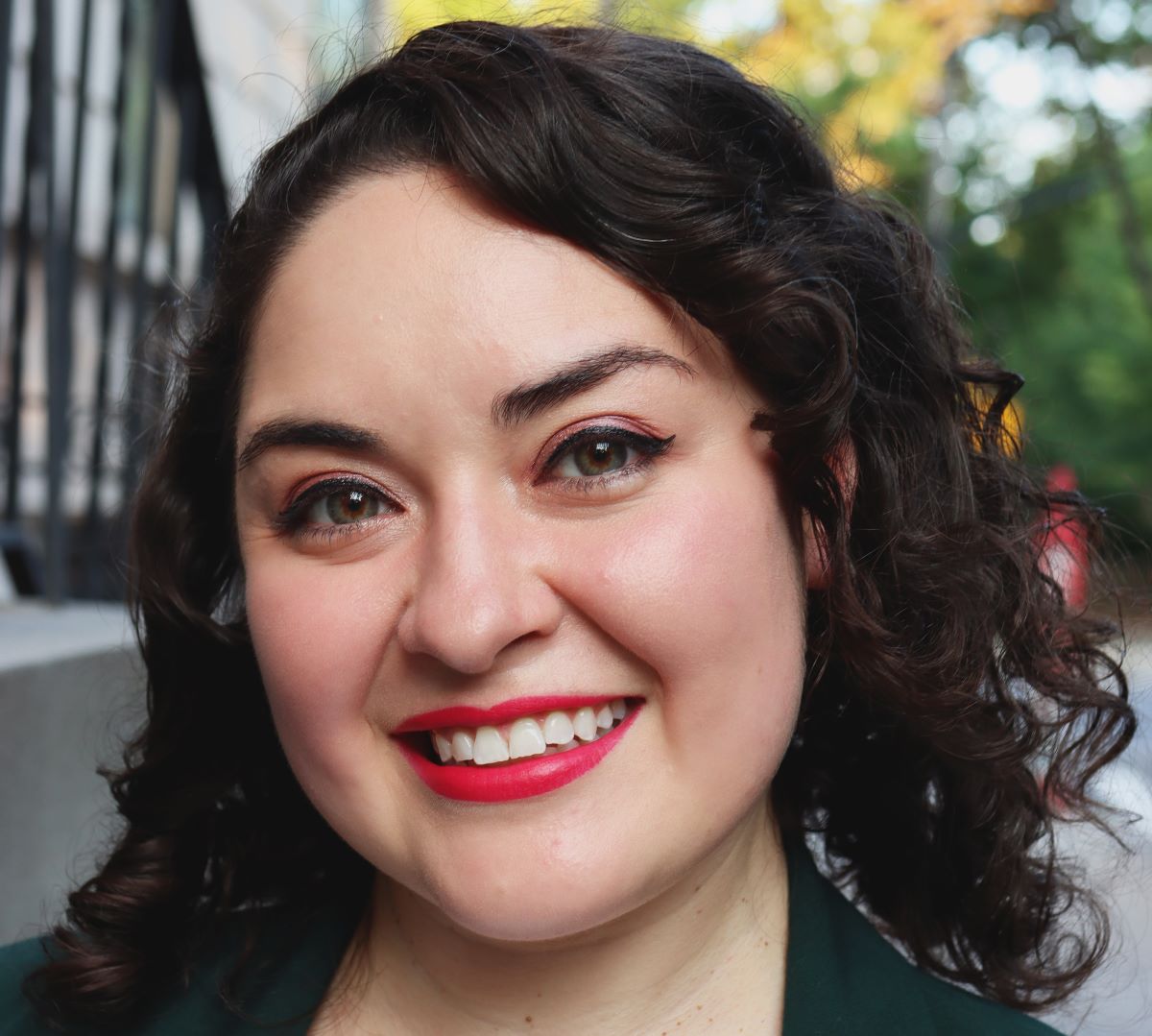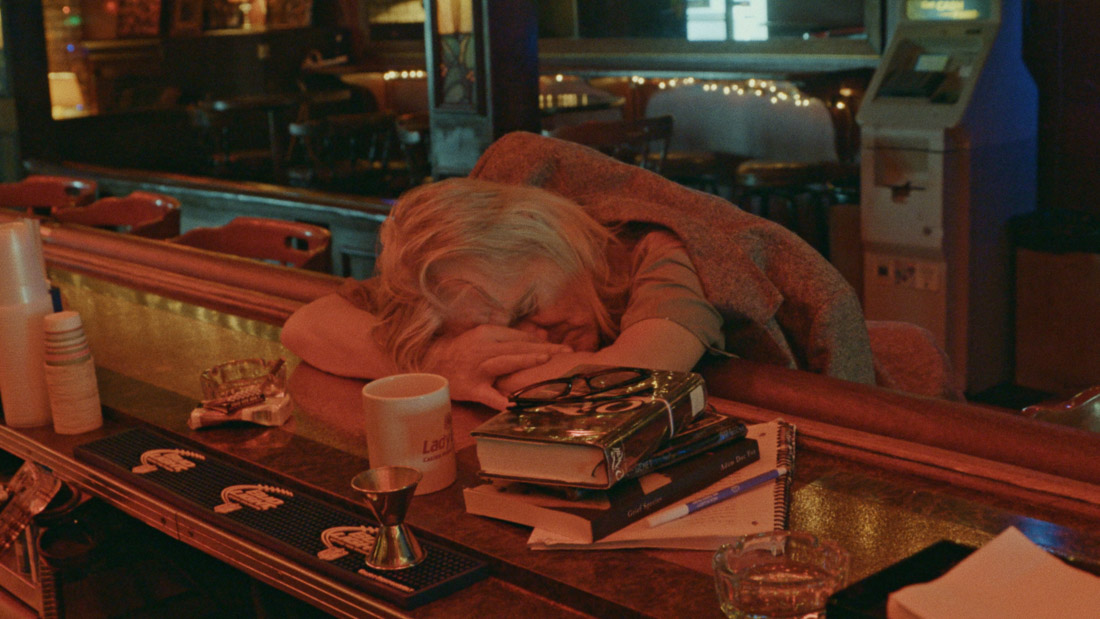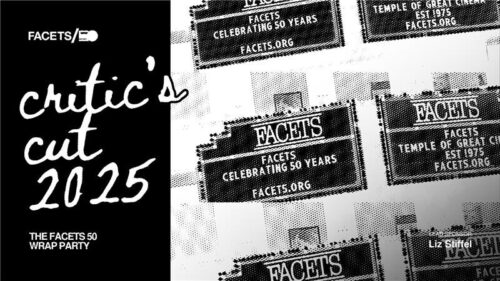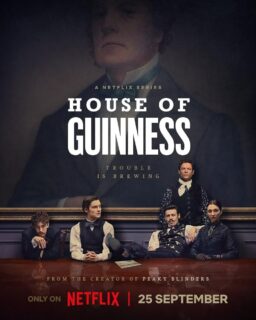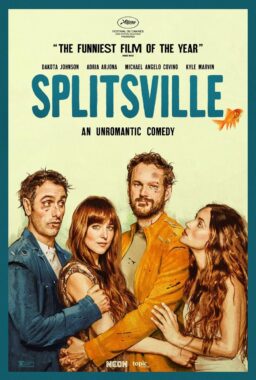For over a decade, Bill and Turner Ross have debuted some of the most moving unconventional documentaries looking at slices of Americana rarely seen. Their first film, “45365,” saw the brothers return home to their zip code in Ohio to collect snippets of everyday life from football games, fairs, a radio station, grocery stores and a fishing trip. Their next documentary, “Tchoupitoulas,” follows three brothers on a late-night adventure in New Orleans. True to its title, “Western” plays on the idea of the American West, the border and the way life is changing for sister cities, Eagle Pass, Texas, and Piedras Negras, Mexico. Then there’s “Contemporary Color,” which is unlike their previous efforts. On the surface, the film is an accessible music documentary featuring David Byrne, color guard teams and guests like Saint Vincent and Ira Glass, but it uses their stylistic signature mash-up of edits and interstitial shots to give the viewer a personal view of the people in front of the cameras and a sense of the space where the action takes place.
Their latest joint effort, “Bloody Nose, Empty Pocket,” observes the waning hours of a Las Vegas bar on its last day. Except, that that’s not the full story. The Roaring 20’s bar is actually still chugging along in New Orleans, and its regulars were handpicked by the duo. Some documentary purists have raised issues with the set-up premise, but that doesn’t bother the Ross brothers. They captured what they set up to get in the first place: the rich atmosphere and human connections that bars –– whether in Las Vegas or New Orleans –– a place to congregate. The Ross brothers spoke to RogerEbert.com at the True/False Film Festival where “Bloody Nose, Empty Pockets” and a few of their previous films were showing as the fest’s winners of the True Vision Award for their contributions to nonfiction filmmaking.
When did you get the idea to make a movie set in a bar?
Turner Ross: It arrived at a bar eventually. It’s like so many things, so many conversations that we have. They build up over time. It’s like a pile of notes, and once the pile of notes is high enough to knock over, there’s probably something to do with it. The original seed of the idea wasn’t the bar, but it was the setting: the outskirts of Vegas, lives lived on the fringes. Not only on the fringes of society, where’s the actuality of the space, but specifically Vegas as a framing device. This oasis out in the desert which, visually, is actually an oasis in the desert that’s something that people have manifested. It’s this penultimate bastion of access. So, what does life look like not only on the outskirts of that, which is the origin of the idea, but then the furthering of an idea was can we get a sense of community? Can we get a sense of America at this time and place within four walls? And can we have a conversation in one room exists within that space, but then also, the bar, which was another stack of notes fusing those things together.
Bill Ross IV: That goes back a long way, the bar. Our uncle, when he would babysit us, would just take us out to where he wanted to go and sit us at the end of the bar like as little kids, and we would see –– at that time –– larger-than-life characters telling these incredible stories…
Turner Ross: … a magical space that adults go to and then and then realize that it’s not magical. It is, and it isn’t. It’s a place where people go to tell stories. It’s a place where people go to escape from something or it becomes either an oasis or retreat, and you can be whoever you want to be in that space. You know, for us, it’s fascinating. You go to an airport, you sit down, and in the space of your layover, you can end up telling your life story to some guy who’s flying to St. Louis. Why does that happen? What is that space? What is that created space, that sense of community that is inherent in these spaces, and what do they have to tell us about our time?

Since “45365,” most of your work explores these rarely seen corners of America. What appealed to you to peel back these layers and examine the complexities behind what we think about the U.S.?
Bill Ross IV: You don’t see that stuff, and I want to see that stuff. It’s what we know, it’s what we’re trying to know, trying to understand. But I don’t see those faces or those landscapes in a lot of movies, and I want to see that stuff.
Turner Ross: We try to make the things that we want to see. If it doesn’t exist, but it exists in our lives, how can we manifest them? How can we explore them? These are things that are deeply important to us. Then it becomes a conversation between the two of us: Why is this important? What is this thing? Let’s go figure it out. So, “45365” was about nostalgia, nostalgia for home –– this idea of a place where we come from, an identity and let’s go actually look at that. With this film, it’s oh my God, why did we spend so much time in these places? What is the underlying thing there?
How did you handle the impressive 14 tracks of audio to make the movie feel immersive?
Bill Ross IV: I listened to every channel on its own many, many times to understand exactly what was going on in the room, the stuff we missed.
Turner Ross: The cameras can only capture so much and sometimes you’re shooting from across the environment, we will be in a loud, raucous bar environment and eventually, there will be overlapping dialogue, music and so on. So, we mic’d the bar, we mic’d the people and we would have mics on the cameras just so we didn’t miss anything because you never know what it’s going to be. While it was a mess in terms of ingesting all of that data, it was valuable stuff, finding natural resources.
How did you prep for the actual shoot itself?
Bill Ross IV: We’ve been dance partners for a long time. That part, I can always sort of tell when he’s going to shoot and I can play off of that at this point. Do we get in each other’s way? Yeah,
Turner Ross: Before we started shooting, we talked a lot about who these people are and what our greater ideas of what our intentions were, not necessarily knowing how it’s gonna play out. But you do know who the people are, where they’re likely to sit. I had a little maquette with all the people. Oh, I bet these people would play off each other. It was fun to sit in the room and think about; he sits here and she sits here and they’re probably going to do this, but then you blow it up the minute you open the door.

Have you gotten pushback from documentary purists over your approach?
Turner Ross: It’s an evil that we had to contend with, but it also starts a conversation.
Bill Ross IV: It’s not a conversation we’re having. So it’s like if people get pissed, whatever.
Turner Ross: It’s okay as long as people don’t get too hung up on it. That’s the community that has embraced this, the nonfiction community, where we’ve gotten a lot
Bill Ross IV: At the end of the day, did you enjoy the movie? Did it move you in any sort of way? That’s all that matters.
Turner Ross: That’s the frustrating thing, you’ll get in a conversation with somebody who is concerned about what a documentary is supposed to be and then say, okay, we can talk about that but did you respond to that? Oh, yeah! But if you program it as a fiction film, nobody would watch it.
There are a handful of tense or uncomfortable scenes in “Bloody Nose, Empty Pockets.” How do you two work through something like that?
Bill Ross IV: It’s always like a gut level thing, always with all the films. I’m there. I’m in your space. If I’m feeling uncomfortable, I just walk away.
Turner Ross: There’s a moment you feel the energy of the room when you’re making it and then you have an artifact of that. Then, you have to have that conversation again. There’s a moment in the film where Pam falls down. That could be a moment where you would say, Oh, well, this could be exploitative if you’re watching this woman fall. We were there, the cameras were on. Then we set the cameras down and ask, how are we all doing? But then editorializing, we went back and said, well, actually, this is not about Pam falling down, this is about all these guys coming to say, Pam, we’re going to pick you up, we’re going to support you. It then becomes about the community. We all came here to fall down, and we all came here to pick each other up.
